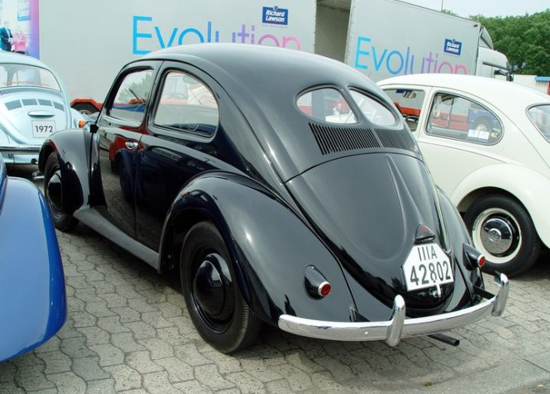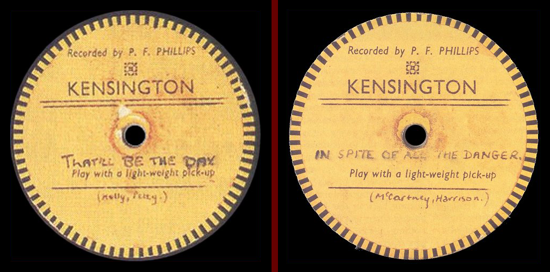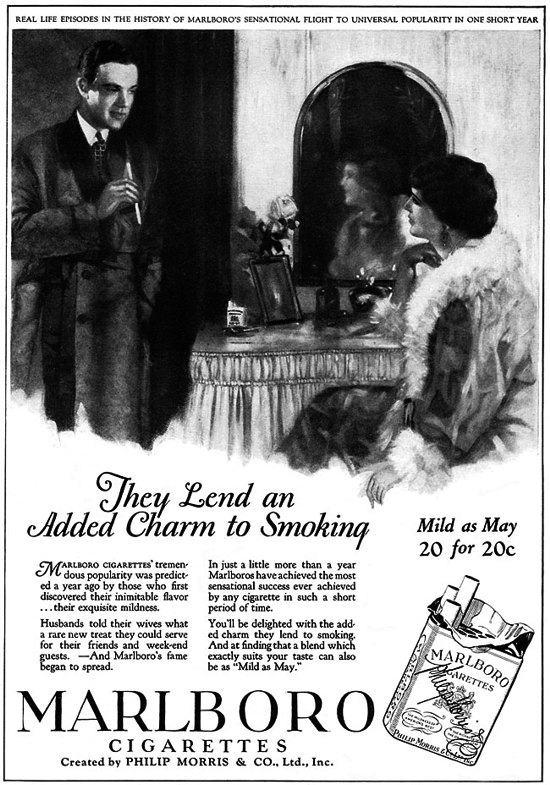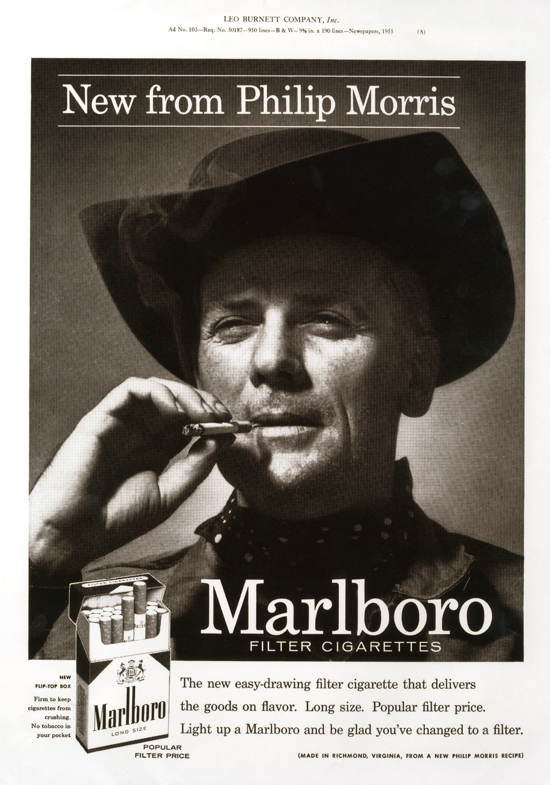 |
| Mickey Mouse from the first comic strip (1930) |
Strip title: "Mickey Mouse"
Category: Comics
Genres: Adventure, Gag-a-day, Humor
Authors:
--- Walt Disney (story)
--- Ub Iwerks (character design)
--- Win Smith (art, 1930)
--- Floyd Gottfredson (art, May 5, 1930 - Nov. 15, 1975)
--- Floyd Gottfredson (art, May 5, 1930 - Nov. 15, 1975)
Country of origin: USA
First format: Daily strip on newspapers
First issue: January 13, 1930 - USA
First editor: King Features Syndicate
Cast:
--- Mickey Mouse, first appearance in comic strips on January 13, 1930. Cute anthropomorphic male mouse, originally Mickey Mouse was characterized as a mischievous antihero. He usually wore (red) shorts with two white buttons, large (yellow) shoes, and white gloves. "Mortimer Mouse" had been Disney's very first name for the character before his wife, Lillian, convinced him to change it.
--- Minnie Mouse, first appearance in comic strips on January 18, 1930. Cute anthropomorphic female mouse, Mickey's girlfriend Minnie Mouse originally had a playful, musical and flirtatious personality, marked by her long lashes. Her pre-1940s look consisted of a short flapper girl dress, shoes with oversized high heeled pumps, flowered bowler hat, and white gloves. The comic strip story "The Gleam", published January 19 - May 2, 1942 by Merrill De Maris and Floyd Gottfredson, reveals her full name as "Minerva Mouse"; although this is seldom used.
--- Mickey Mouse, first appearance in comic strips on January 13, 1930. Cute anthropomorphic male mouse, originally Mickey Mouse was characterized as a mischievous antihero. He usually wore (red) shorts with two white buttons, large (yellow) shoes, and white gloves. "Mortimer Mouse" had been Disney's very first name for the character before his wife, Lillian, convinced him to change it.
--- Minnie Mouse, first appearance in comic strips on January 18, 1930. Cute anthropomorphic female mouse, Mickey's girlfriend Minnie Mouse originally had a playful, musical and flirtatious personality, marked by her long lashes. Her pre-1940s look consisted of a short flapper girl dress, shoes with oversized high heeled pumps, flowered bowler hat, and white gloves. The comic strip story "The Gleam", published January 19 - May 2, 1942 by Merrill De Maris and Floyd Gottfredson, reveals her full name as "Minerva Mouse"; although this is seldom used.
Plot: Mickey Mouse wants to learn to fly like Charles Lindbergh, who made the first transatlantic flight on May 20-21, 1927 (33h29 in the air). Playing with an airplane of his own creation, Mickey lands on an island where he encounters wild animals and angry natives who thwart his every attempt to find food.
Features: Mickey Mouse first appeared in comics after he had appeared in 15 commercially successful animated shorts and was easily recognized by the public. The strips first released between January 13, 1930 and March 31, 1930, has been occasionally reprinted in comic book form under the collective title "Lost on a Desert Island". The first part featured a loose adaptation of "Plane Crazy", an animated short film directed by Walt Disney and Ub Iwerks, released on March 17, 1929; several gags in the story were also taken from other early Disney shorts.
Interesting facts: Progressively, Disney comics have seen a decline of popularity in their country of origin. In January 1990 the Disney comic strip department closed. In the rest of the world comic publications continue with new stories and reprints, especially in Europe.
Quote (Walt Disney): «Girls bored me - they still do. I love Mickey Mouse more than any woman I've ever known».
Property: King Features Syndicate - Walt Disney Productions
Reference website: http://www.disneyinternational.com
 |
Mickey Mouse comic strips, launch advertising on newspapers (January 1930). Note in the New York "Daily Mirror" Mickey's five-fingered right hand (unknown artist).
|
 |
| Mickey Mouse, the first comic strip (January 13, 1930) |
 |
Mickey Mouse, first appearance in comics (January 13, 1930)
|
 |
 |
Minnie Mouse, first appearance in comics (January 18, 1930)
|
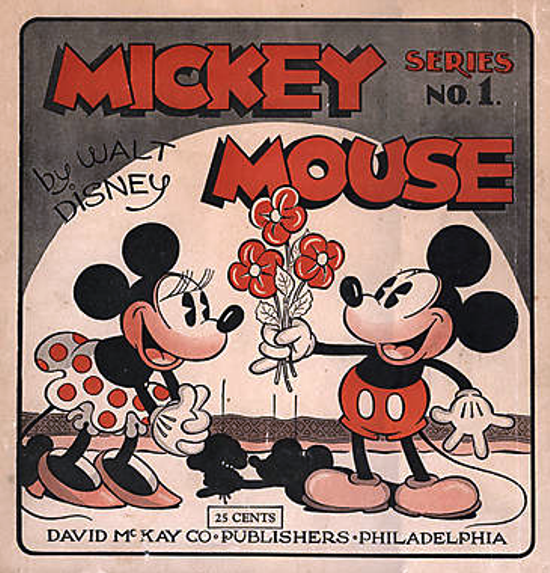 |
Cover to "Mickey Mouse Series 1" (1931), art by Floyd Gottfredson for David McKay Co.
|
 |
Cover to French "Albums Mickey 1" (1931, artist unknown), collecting "Lost on a Desert Island"
|
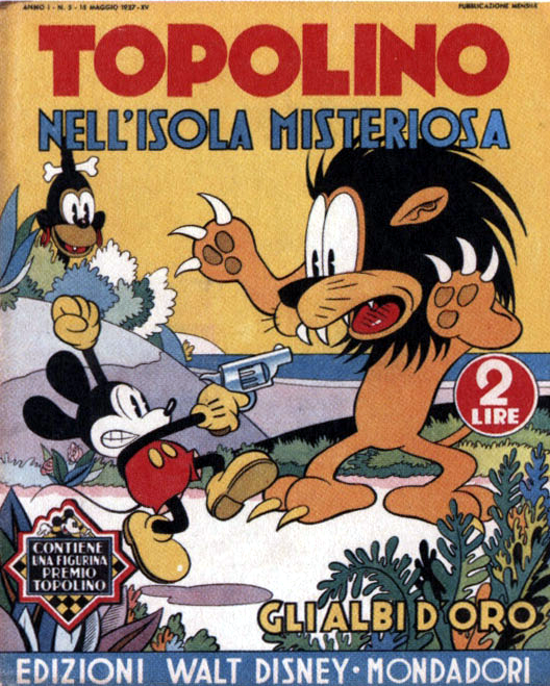 |
Cover to Italian "Albo D'Oro" (May 15, 1937), illustrating "Topolino nell'isola misteriosa" ("Lost on a Desert Island"). Art by Michele Rubino.
|
 |
| The creators of Mickey Mouse. From left: Walter Elias "Walt" Disney (Hermosa, Dec. 5, 1901 – Burbank, Dec. 15, 1966): business magnate, cartoonist, animator, voice actor, film producer. Ub Iwerks (Kansas City, Mar. 24, 1901 - Burbank, Jul. 7, 1971): animator, cartoonist, character designer, inventor and special effects technician. |
 |
Mickey Mouse celebrates his 90th Birthday in Italy (weekly No. 3286, Nov. 14, 2018)
|











